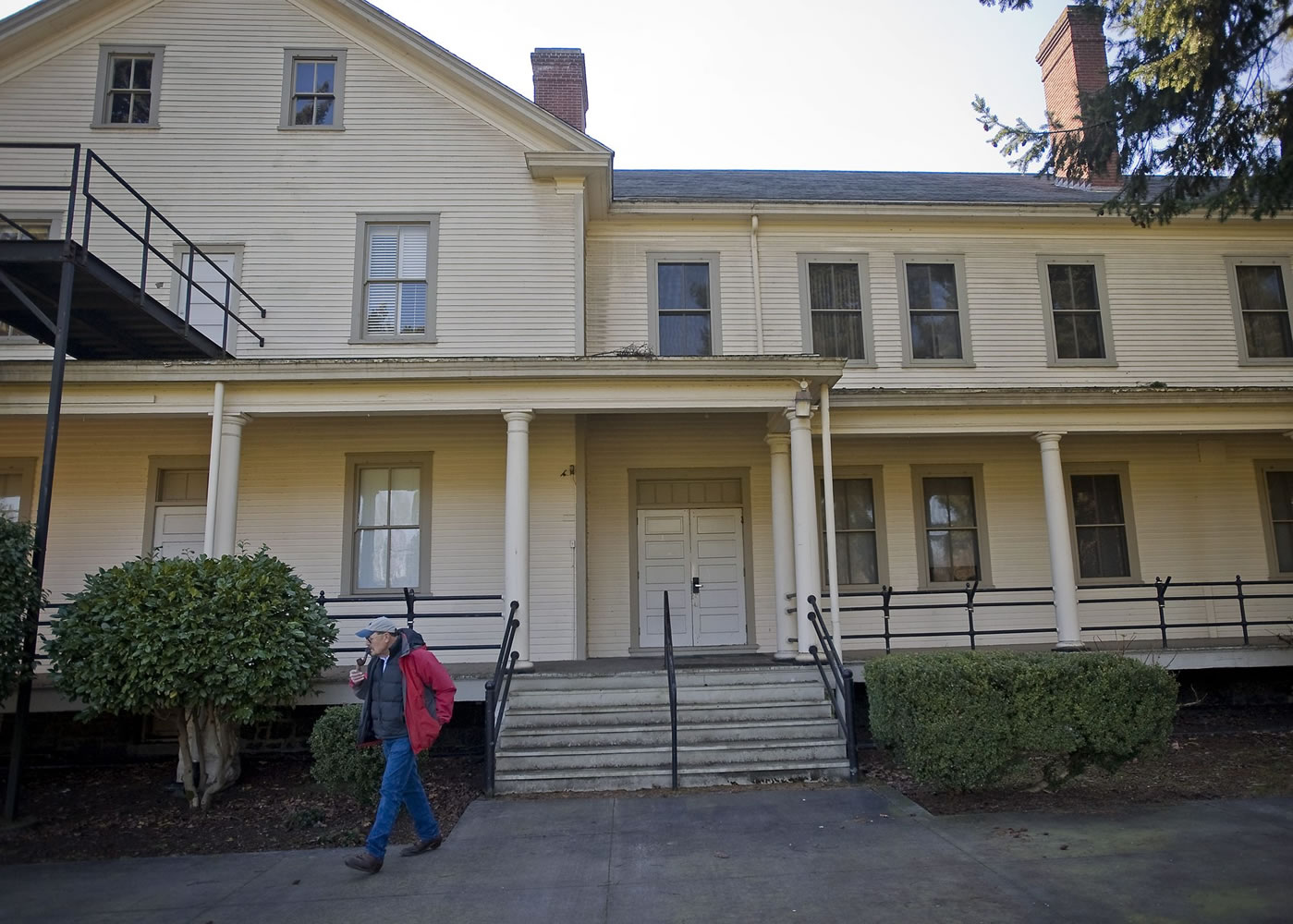“We looked at a lot of factors, including participation by the city and other partners,” said Ray Cozby, project manager. “Through that process, this alternative became the most advantageous.”
Those other partners would represent a mix of other uses. They could include nonprofit and community functions and limited commercial uses such as retail, restaurants, and a day care center. Overnight accommodations may be provided to support conferences, environmental field schools, school groups, and elder hostel groups.
Fortmann said she will make a recommendation after gathering public comment through March 5.
The director of the park service’s Pacific West region will make the final approval. That could happen by late spring or early summer, Fortmann said.
“That would allow us to move forward,” Fortmann said.
The other master-plan options include:
• Alternative A — A no-action extension of current management practices;
• Alternative B — An urban district in a historic setting, similar to Officers Row, that would include retail, office and residential uses;




